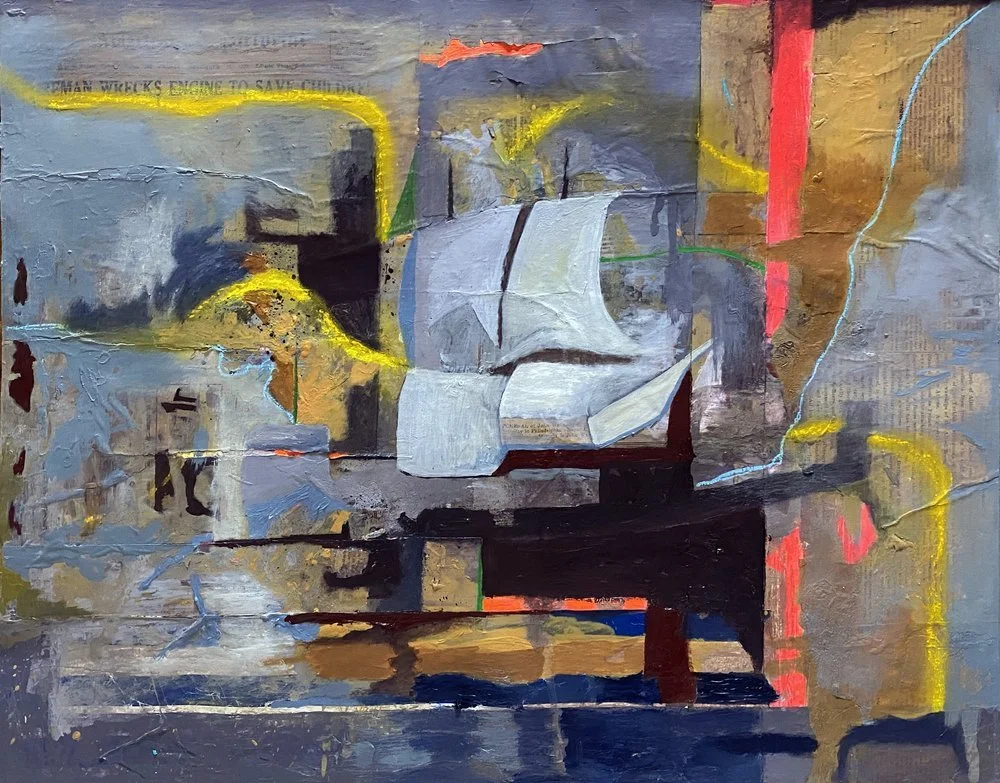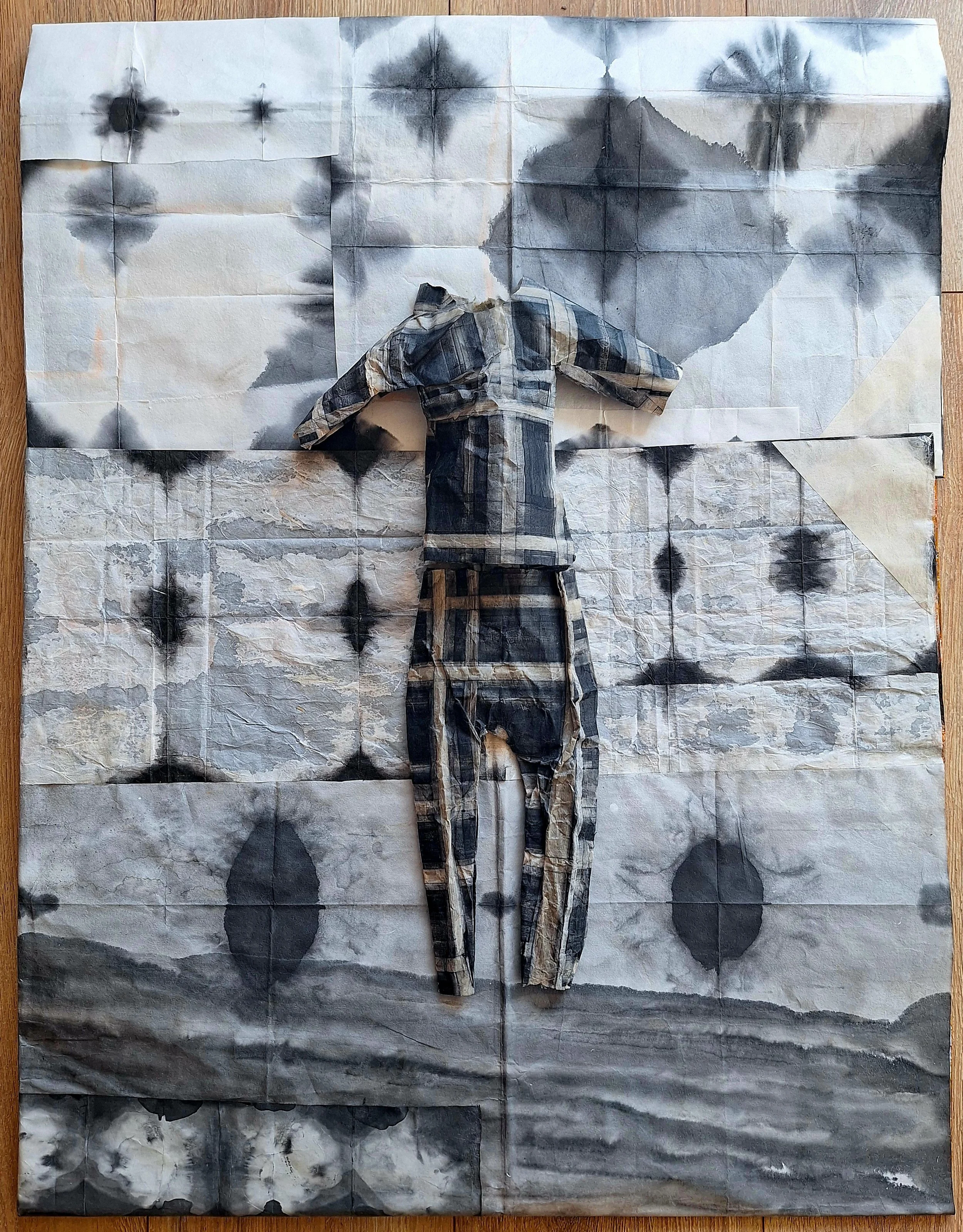Lunch Break - “S.A.M.” by Ann Ang
“Lunch Break” is our regular poetry column. Look out for insightful appreciations of contemporary poems from around the world. For this edition, columnist Lim Xin Hwee examines the lingering effects of colonialism in “S.A.M.” by Singaporean poet Ann Ang. Sign up for notifications here.
‘S.A.M.’ by Ann Ang
Even the curators are ghosts
walking galleries where
Thursday is on display.
No jewel thieves except monastic
trespassers stealing their way in
via Free Admission, like
Lasallian schoolboys skipping chapel.
Enter and sit. Admit
that the most useful room
is the toilet. In a
gazetted monument, only
vaulted ceilings bear arms.
The cupola dome speaks
only when spoken to.
In the cloisters, the windows
do not roll their eyes.
Behold, no cracks in
this tesseracted tale.
To watch this all
is to become art.
Perversely Singapore views its colonial history in a good light even after it achieved independence from the British. For example, the Singapore Bicentennial in 2019 commemorated 200 years since Sir Stamford Raffles arrived in Singapore. The idea that British rule was crucial to turning Singapore from a “sleepy fishing village” to a prosperous city-state is still being taught in the national, secondary-school history and social studies curriculum.
Schools established in the colonial era remain some of the best schools in the country. Founded by missionaries, the De La Salle Brothers, St. Joseph’s Institution (SJI) is one of Singapore’s oldest schools. When it vacated its old grounds for grander premises, the buildings were taken over by the Singapore Art Museum, or S.A.M., where the museum still resides. Through her poem ‘S.A.M.’, Ann Ang illustrates the lingering effects of colonialism by drawing out the tensions between the supposed function of art and the official culture of art in Singapore. Art here is overly sanitised because local artists do not question this (neo)colonial history. When they do, they are censored.
Jimmy Ong - Seamstresses’ Raffleses, 2018. Cotton cloth and dacron. Exhibited at OH! Emerald Hill.
Image description: Several headless and legless effigies of Thomas Stamford Raffles, the British colonizer of Singapore, Malaysia, and Indonesia, are cut, sewn, stuffed, and hung up. Each figure has its arms crossed, replicating the manner of the Raffles statues across Singapore. The figurines, stuffed with dacron, are covered by patchwork textiles that replicate the batik technique of cloth painting. There are also red Javanese letters embroidered into the back of each effigy.
Just as schoolchildren are taught not to question their history education, patrons at the S.A.M. are instructed in the right ways to appreciate art. The way art is consumed is informed by the colonial history of the buildings. “Enter and sit. Admit / that the most useful room / is the toilet”, the poem directs. The imperatives lead the reader to the hilarious conclusion that the toilet has more utility than everything else in the museum. The toilet becomes the “most useful room” because patrons do actually visit the toilet with a practical intent. The poem also contains a stark reminder that Western missionaries have, to some extent, foisted Christian doctrine on us through missionary schools like SJI, and thus local art is influenced by such an imposition. The patrons “stealing their way in / via Free Admission” are likened to “Lasallian schoolboys skipping chapel”. Lasallian schoolboys skip chapel because they do not feel any connection to the Christian God they are made to pray to. In the same vein, the patrons who “steal” their way in via Free Admission, not wishing to pay, do not see the higher purpose of art. They may simply wish to use the toilet.
In this museum, there are no “jewel thieves”, because nothing is valuable enough to steal. I read this detail in two ways: first, the country has failed to instil in its people the value of art; second, only conforming artists are platformed, a policy that motivates the production of conformist art, not jewels. Therefore, the art is as uninteresting and forgettable as a Thursday, and the museum is curated by ghosts – possibly referring to the fantasies and hallucinations that Singaporeans construct and confuse for a genuine national identity. Soon, we learn that this is not a problem of the artists, but of the strongly sanitised nature of art and its history in Singapore. Works from S.A.M. have censored and removed because they were seen to transgress against local/Asian values.
In the ironic description of stanza one, the speaker implies that the art in S.A.M. must be critical of its colonial surroundings but has failed in that regard. Instead, they seem to blend in perfectly with the cupola dome, the vaulted ceilings, and the cloisters – all features of colonial buildings. The buildings retain their structures but, after being co-opted, have taken on the characteristics of Singaporeans, who are often self-censoring and taciturn (the cupola dome “speaks only when spoken to”) and who rarely express their disapproval (the windows “do not roll their eyes”). Not only the artists, but also the patrons are unable to criticise the limits to their freedom of expression.
Ultimately, as we consume art, we inevitably contribute to its history (“To watch this all / is to become art”) since we bear testament to it. History and art, in S.A.M. and in Ang’s poem, are conflated. In the face of injustice, past and present, Singaporeans remain silent, much like the art at the museum. It is striking that the poem does not describe any actual work of art. The poem suggests that the silence of Singaporeans is not by choice. As non-paying patrons of the museum, Singaporeans have not paid the price of free expression, but have digested and propagated only what is fed to them. True art, to the speaker, must question and resist. Yet, the floor tiles, telling “this tesseracted tale,” expose “no cracks”, and in fact cover them. As S.A.M. undergoes its second overhaul, I wonder if the revamp will be more than cosmetic.
Jimmy Ong - Head of Raffles for Fallen Tiger Batik Furoshiki. 2018. Cotton cloth and dacron, Unexhibited.
Image description: A stuffed rendition of the decapitated head of Thomas Stamford Raffles made with cotton cloth and dacron stuffing. The head is also covered with various hand-dyed and batik textiles in a patchwork style.
Lim Xin Hwee has a keen interest in language and how people use it. A member of the writing collective /s@ber, she has written many things, important and unimportant. Her works have appeared in the Quarterly Literary Review Singapore and The Flying Inkpot. She is a Masters candidate at NTU.
If you’ve enjoyed reading this article, please consider making a donation. Your donation goes towards paying our contributors and a modest stipend to our editors. Singapore Unbound is powered by volunteers, and we depend on individual supporters. To maintain our independence, we do not seek or accept direct funding from any government.












“Blackouts bring us together.” Three poems on civil war by Maung Htike Aung.